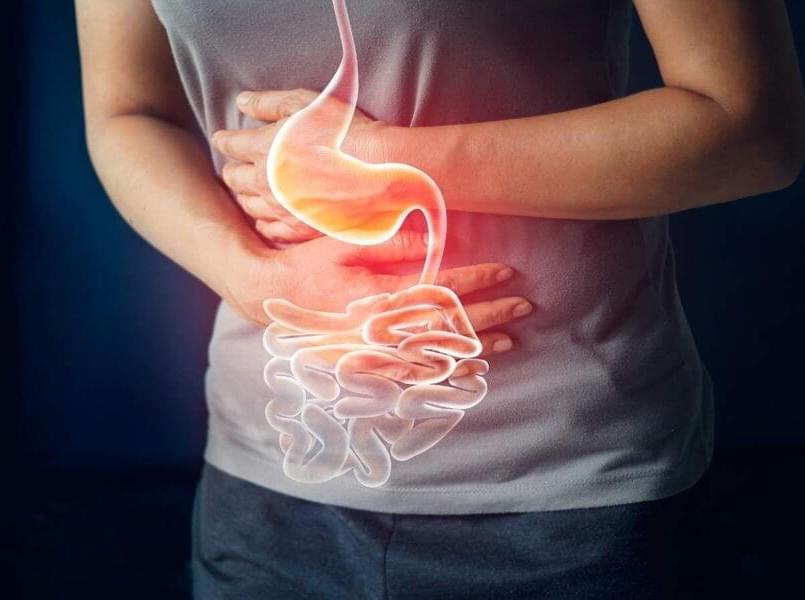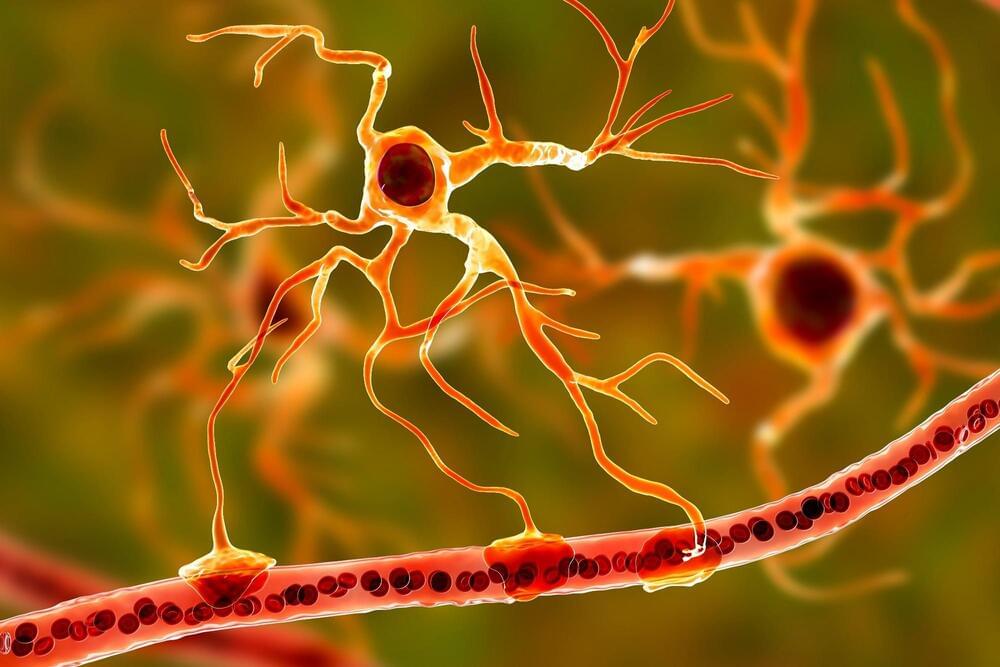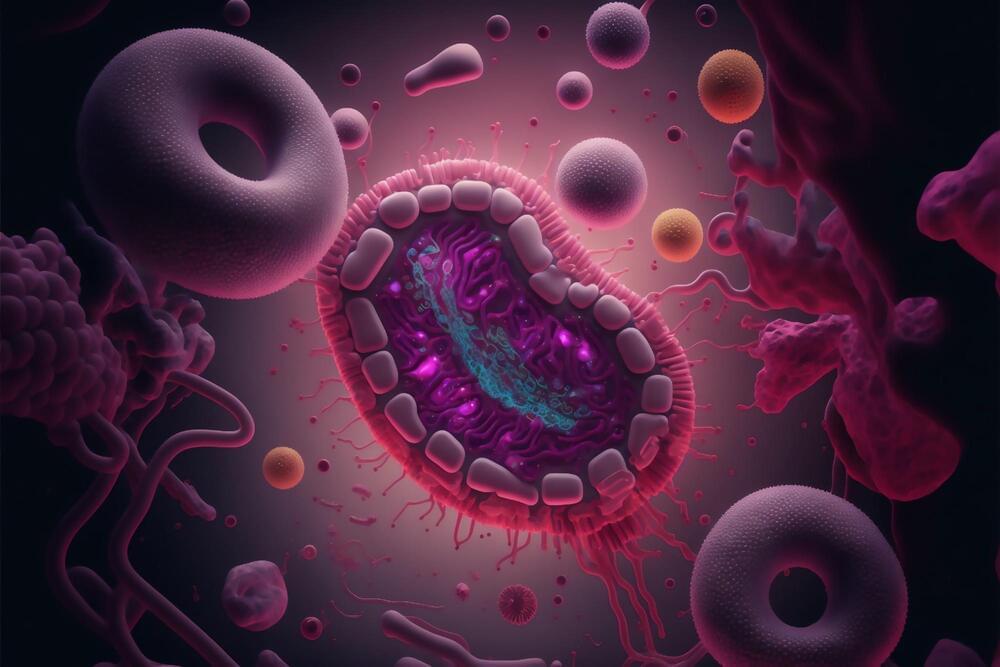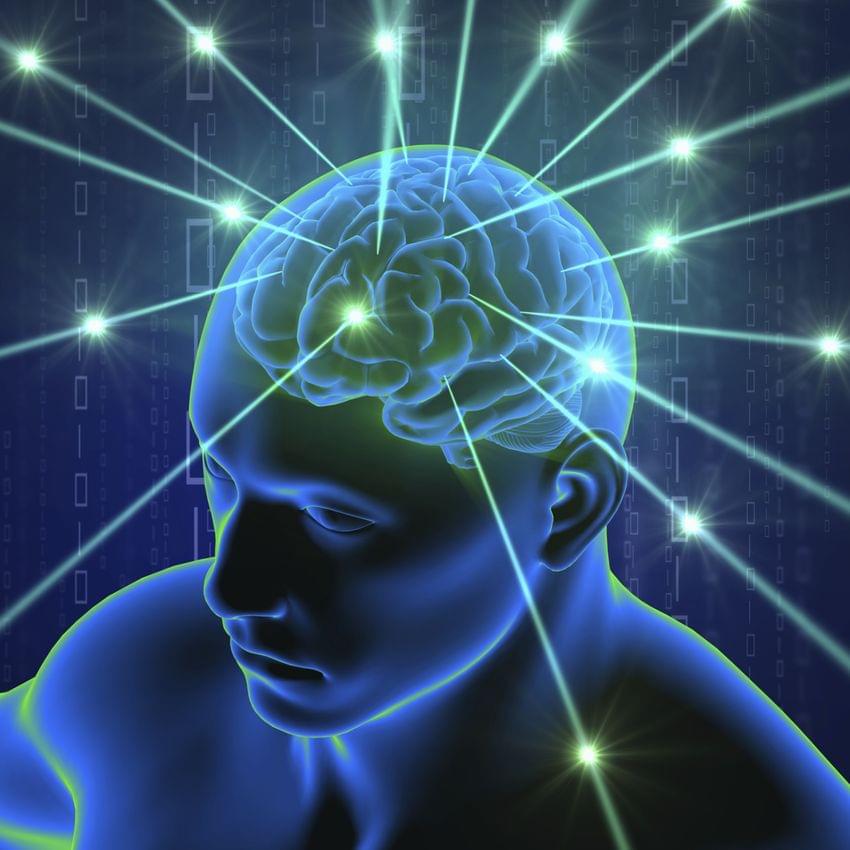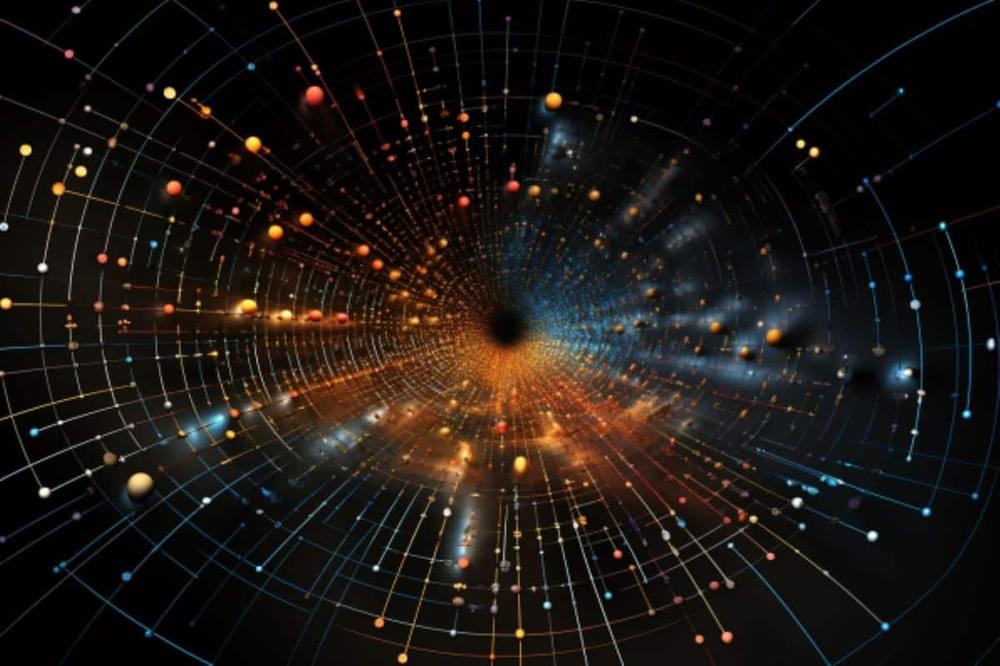A recent study published in BMJ Gut conducted using a nationwide medical record network in the United States has shed light on potential links between gastrointestinal (GI) syndromes and the development of Parkinson’s disease (PD). Researchers led by Bo Konings aimed to determine whether specific GI conditions and interventions precede the onset of PD when compared with negative controls, Alzheimer’s disease (AD), and cerebrovascular diseases (CVD).
Here are the key findings from the study:
● PD-Specific Associations: The study identified several GI conditions that exhibited specific associations with PD in both case-control and cohort analyses. These conditions included gastroparesis, dysphagia, irritable bowel syndrome (IBS) without diarrhoea, and constipation.
